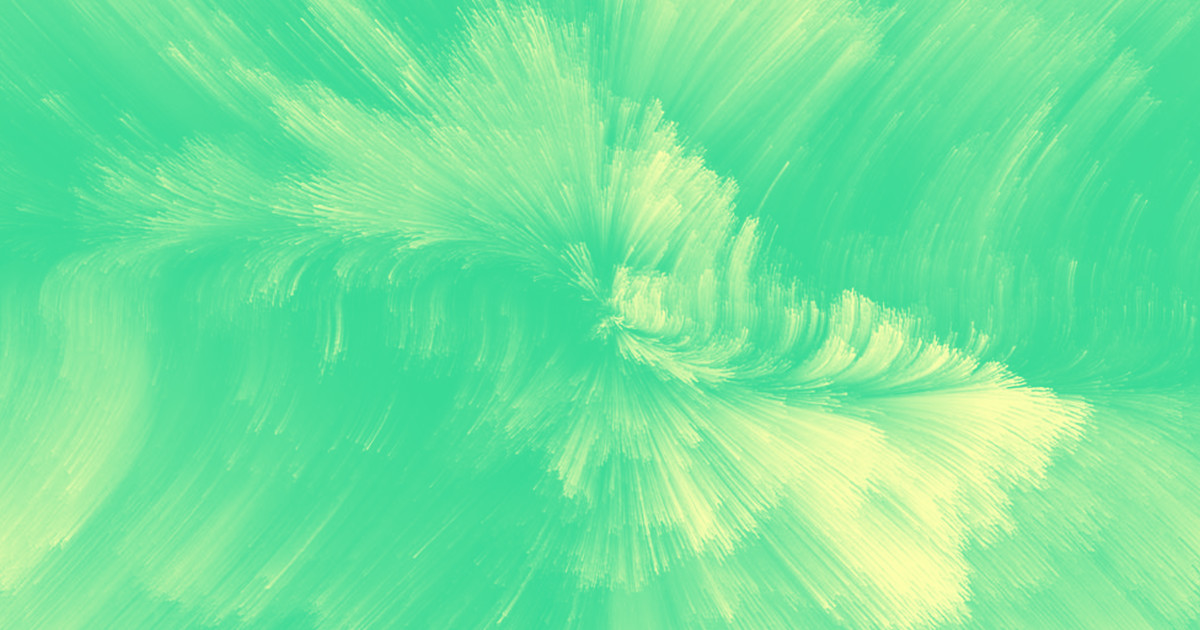Color has the power to bring depth, emotion, and personality to your designs.
Learning how to wield that power can help you create more visually stunning and impactful projects.
Rather than try to cover everything about color for design in a single article, we’ve broken it down into several resources. This way, you can choose your own color adventure and learn about different aspects of color for design in depth.
Color for design resources
Color theory: a beginner’s guide for designers
Let’s start with the basics. Familiarize yourself with color terminology like tints, saturation, warmth, tone, and more. Learn the basics of primary and secondary colors, RGB and hex values, and how to use the color wheel to create different types of color schemes.
12 unique color picker tools for web and graphic designers
Color picker tools allow you to identify or create specific colors. If you’ve ever looked at a photo and thought, “that’s it, that’s the exact color I’ve been searching for,” you’ll love the tools that can pull a hex value from images and graphics in just a few clicks. Other tools on this list can help you create unique shades or generate entire color palettes. There are even AI-powered tools that automatically colorize illustrations or provide color suggestions.
26 best color combinations for your next design
Want a head start for your next design? We’ve got you covered. In this piece, we leaned on color theory to create color combinations that fit into three categories: complementary colors, analogous colors, and triadic colors. All 26 of these color combinations are rooted in the art and science of color theory — which is why they’re all so aesthetically pleasing. Grab a few of these hex codes for inspiration.
10 color meanings: the psychology of using different colors
Colors have the power to deliver not only a visual experience, but an emotional one as well. While the color wheel is great for understanding secondary vs. primary colors and creating pairings, color psychology can tell us a lot about how individual colors are perceived. Think of it this way — if you’re choosing a dominant color for your website, wouldn’t you like to know what type of vibe you’re creating? Then check out this article and the 10 handy color meanings graphics.
How to create a color palette for your website
As you build your website, it’s helpful to have a go-to set of colors to use throughout the design. Designing a color palette before you dive into the build allows you to see all your colors together so you can get a feel for when and where to use each one. And while color palette generators can give you a head start, learning how to create a unique color palette can give your designs a signature look.
9 unique website color schemes from popular brands
Sometimes all it takes is the right combination of colors to make you think of a particular brand — and that’s not by accident. When it comes to website color schemes, savvy companies consider a lot more than just visual aesthetics. The goal isn’t just to catch your eye, but to create a lasting impression. Glean some insights from the strategy behind a few popular brands’ color schemes.
Managing your website design color scheme in Webflow
Once you’ve carefully selected the colors for your website, the last thing you want is for them to be applied inconsistently across your design. You shouldn’t need to manually input your HEX codes every time you add something to your website. In this article, you’ll find clear guidance on how to set up your unique color scheme, manage it, and apply it across your design.
Color contrast analyzers: why they’re important and how to use them
Color contrast is one of the fundamentals of accessible web design. Using proper color contrast ratios ensures that text is readable for people with vision impairments and color blindness. The Web Content Accessibility Guidelines (WCAG) defines a way to calculate the contrast between a text color and background color, factoring in font size and weight. This lesson shows you how to check the WCAG color contrast ratio level rating of your typography directly in Webflow.
Keep colors consistent with global swatches in Webflow
You finally find the right color for your web design project only to discover your accent color is way off. Or maybe you loved your magenta and cyan color choices at first glance but now you’re feeling more neutral colors. With global swatches, making changes is simple. This quick explanation shows you how to define colors as global so if you update one instance of the color, all other instances will update automatically.
We can’t wait to see your eye-catching designs
We’ll continue to add resources to this article as we create them, so bookmark this and check back! If you can’t wait, grab one of these design books about color for your bookshelf or start playing with color in your next Webflow project.



















Get our 100 video course on web design — for free
From the fundamentals to advanced topics — learn how to build sites in Webflow and become the designer you always wanted to be.































